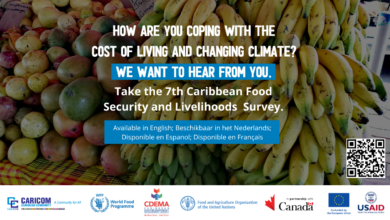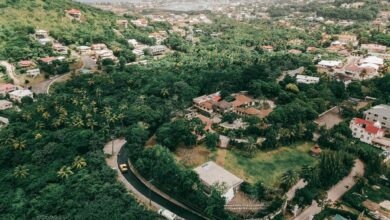New research shows how drugs in the Dominican Republican’s touristy areas present barriers to preventing HIV.
The Caribbean has the second highest global HIV prevalence in the world outside of Sub-Saharan Africa, with HIV/AIDS as leading cause of death among people aged 20–59 years within the region.
Particularly hard-hit are the Dominican Republic (DR) and Haiti, on the island of Hispaniola, which account for approximately 70 percent of all people living with HIV in the Caribbean region.
How the intersection of drugs and tourism as contributing factors to the region’s elevated HIV/AIDS risk hasn’t gotten enough attention.
Caribbean studies have almost exclusively focused on drug transportation. The roles that drugs play in tourism areas, which may be fueling the Caribbean HIV/AIDS epidemic, seldom come up.
Sex, booze, and risk
Now a new study in Global Public Health addresses this gap by conducting in-depth interviews with 30 drug users in Sosúa, a major sex tourism destination of the DR.
The study’s results suggest three themes: (1) local demand shifts drug routes to tourism areas, (2) drugs shape local economies, and (3) drug use facilitates HIV risk behaviors in tourism areas.
“We know that the DR is located on a primary drug transportation route and is also the Caribbean country with the most tourist arrivals, receiving over 4.5 million visitors in 2012,” says Vincent Guilamo-Ramos, professor of social work and global public health and a co-director at NYU’s Center for Drug Use and HIV Research (CDUHR) and NYU’s Center for Latino Adolescent and Family Health.
“Tourism areas represent distinct ecologies of risk often characterized by sex work, alcohol consumption, and population mixing between lower and higher risk groups.”
The researchers sought to document drug use in tourism areas of the DR and its impact on HIV risk behaviors, potentially informing public health policies and programmatic efforts to address local drug use and improve HIV prevention efforts within tourism areas.
The participants were recruited from randomly selected alcohol-serving venues and locations of identified high drug use. Key findings from the in-depth interviews with drug users in Sosúa, DR include:
Drug users commonly work in jobs related to tourism, and the vast majority of drug users in tourism areas indicated having sexual intercourse with someone in exchange for money, drugs, or another good (90 percent).
Cocaine (86 percent) and marijuana (83 percent) were the most commonly used illegal drugs, with amphetamine use much less common (3 percent).
Drugs have become linked to the tourism economy and are perceived to facilitate greater profitability for locals working in the area. As such, tourism environments provide opportunities for locals and tourists to engage in high-risk behaviors involving sex and drug use.
The majority of participants in the study (79 percent) agreed that drug use is a serious public health problem in the area and attributed it to the tourism economy.
The Dominican Republic and drug policy
According to Guilamo-Ramos and his team, the study supports the need for targeted research and intervention efforts for HIV prevention that address local drug use within the context of tourism areas and their role on HIV risk behaviors.
“Our analysis suggests that local demands shift drug routes to tourism areas, drugs influence the local economies, and drug use facilitates HIV risk behaviors in tourist towns,” says Guilamo-Ramos.
“This study is important because it indicates the need for drug policies to address the structural factors of the tourism economy involving local drug transport with specific impact on HIV transmission. The current failure to provide a local level response in tourist areas of high sexual risk behaviors potentially exacerbates HIV transmission.”
The researchers stress that given the estimated 20 million tourists travelling to the Caribbean region annually and the documented elevated rates of HIV within prime tourism destinations, research related to such contexts is of importance to locals and visitors and has widespread importance to both the Caribbean region and the countries in which the tourists originate.
The Global Public Health Research Challenge Fund (GPHRCF) at New York University supported the work.
Additional researchers from NYU, Columbia University, Pontificia Universidad Católica Madre y Maestra in the Dominican Republic, and Purdue University contributed to the study.






